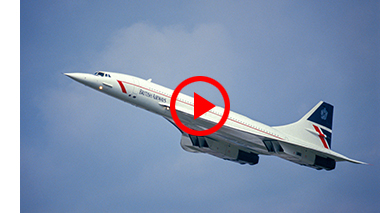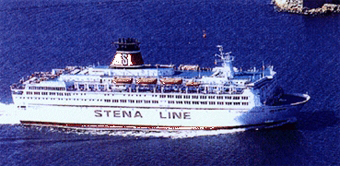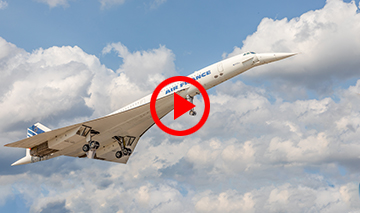
|
In this issue: To view newsletter in your browser click here. Featured video: Meet Overture's refined design |
 |

Supersonic Air Travel Revival - From Concorde to Overture
|
|
| More Reliable Design by Knowing Ingress Protection | |||||||||||||||||||||||||||
Knowing ingress standards can mean the difference between a sensor providing trouble-free
service for its life or not. This is especially the case when any position or angle sensor is selected
for an application that is used in environments where water, high-pressure wash-downs or dust
may be present.
|
|||||||||||||||||||||||||||
 Controlling Ship Propulsion System |
 |
Special ships, tugboats, cable laying ships, and ferries are equipped with rudder-propeller drives in order to improve maneuverability. These rudder-propeller drives rotate a full 360° so that thrust can occur in any direction. In a multi-drive system, a satellite navigation system and a computer can be used to achieve synchronized and independent regulation, which can exactly position the ship even in heavy seas. IP 6000 Series position sensors are used for a line of ocean liners to signal the position of the rudder-propeller to a ship control module to within ±0.25°. Click here for more information on the IP6000 Series sensor product used in this application. |

|
Please email suggestions for technical subjects you would like to suggest for this newsletter to this link: Newsletter Editor |
